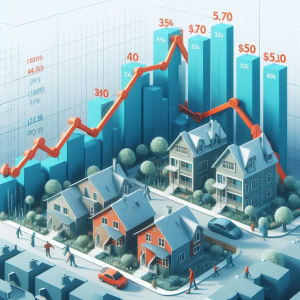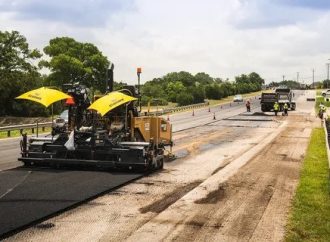Introduction Meet our author, a seasoned urban studies scholar with a background in public health and real estate development. With years of experience and a keen eye for detail, they have been closely monitoring the effects of the COVID-19 pandemic on housing demographics. This article is a culmination of their observations, research, and insights. Understanding
Introduction
Meet our author, a seasoned urban studies scholar with a background in public health and real estate development. With years of experience and a keen eye for detail, they have been closely monitoring the effects of the COVID-19 pandemic on housing demographics. This article is a culmination of their observations, research, and insights.
Understanding the Housing Demographic Pre-COVID
Before the pandemic, housing demographics were largely influenced by factors such as income, age, and lifestyle preferences. Urban areas were densely populated, with a mix of high-rise apartments, condos, and townhouses catering to different income levels. Suburban and rural areas, on the other hand, were characterized by single-family homes and larger properties.
The Arrival of COVID-19: Immediate Impacts
The onset of the COVID-19 pandemic brought about immediate changes. Fear of infection and the shift to remote work led many to move away from densely populated urban areas. This resulted in a sudden increase in demand for suburban and rural properties, causing a significant shift in housing demographics.
Long-Term Effects of COVID-19 on Housing Demographics
As the pandemic continues, its effects on housing demographics are becoming more apparent. The shift towards remote work is becoming permanent for many, further fueling the demand for homes in less densely populated areas. Additionally, the economic impact of the pandemic has made affordability a key concern, influencing housing choices.

COVID-19: Unforeseen Impact on Housing Demographics
Case Studies: Real Stories of COVID-19’s Impact
To illustrate the impact of COVID-19 on housing demographics, let’s look at a few case studies. In New York City, for example, there was a significant exodus of residents during the peak of the pandemic. Many moved to suburban or rural areas in search of more space and safety. Similar trends were observed in other major cities around the world.
Strategies for Real Estate Developers Amidst the Pandemic
For real estate developers, understanding these shifts in housing demographics is crucial. Strategies may include developing more affordable housing options, incorporating home offices into designs, and focusing on suburban and rural areas. It’s also important to consider the increased importance of internet connectivity in home buying decisions.
Public Health Measures and Their Effects on Urban Housing
Public health measures such as social distancing and lockdowns have had a profound effect on urban housing. With restrictions on gatherings and the closure of many amenities, the appeal of urban living has diminished for some. This has further contributed to the shift in housing demographics observed during the pandemic.
Looking Ahead: Post-Pandemic Predictions for Housing Demographics
Looking ahead, it’s likely that the effects of the pandemic on housing demographics will continue to be felt for years to come. While urban areas will always have their appeal, the increased flexibility and affordability of suburban and rural living are likely to continue influencing housing choices.
Conclusion
The COVID-19 pandemic has had a significant impact on housing demographics, causing shifts that could have long-lasting effects. As we navigate these changes, it’s crucial for real estate developers, public health officials, and urban studies scholars to stay informed and adapt their strategies accordingly.




















